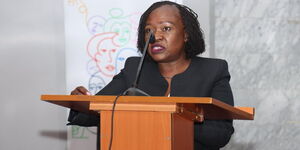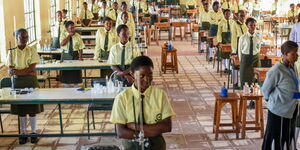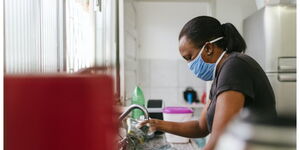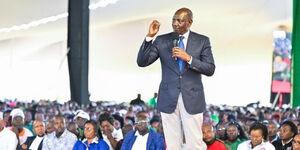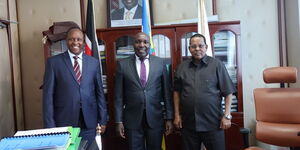The government explained why it earmarked Ksh2.4 billion to be spent on lesos, aprons, pens, and brochures, among other items, despite the cash crunch at the Treasury.
A document from the Ministry of Energy and Petroleum, seen by Kenyans.co.ke, outlined a raft of items the ministry planned to spend money on in a public relations campaign.
According to the document, Ksh70.5 million was allocated to the purchase of 1,000 lesos for each county, while Ksh211.5 million and Ksh11.75 million will be spent on 3,000 aprons and 500 caps, respectively, for every county.
Furthermore, the government was set to spend about Ksh23.5 million on 1,000 t-shirts per county and Ksh14.1 million on 3,000 pens per county.
However, an official from the ministry indicated that the campaign, initiated during the tenure of Monica Juma as Energy CS, would run for three years.
“By the end of the three years of the implementation of this strategy, 60 per cent of Kenyans will have adopted clean cooking stoves,” the ministry official indicated, adding that they sought to ensure access to affordable, reliable, sustainable, and modern energy for all Kenyans.
According to the official from the ministry, the campaign was launched as part of the Clean Cooking Week at Panari Hotel on Monday, November 28, and is expected to run for a week before it is scaled across the country.
The PR campaign was launched when the government was broke amid pressures to service a growing mountain of debt while simultaneously fulfilling its campaign promises.
President William Ruto was prompted to implement strategies to cut non-essential expenditures and raise revenue collection to fund his key campaign promises.
The government is also grappling with delivering its cooking gas subsidy program, introduced in 2016/17, to make the commodity cheap and enable poor households to adopt cleaner cooking methods.
However, suppliers who provided faulty liquefied petroleum gas (LPG) cylinders hindered the program's implementation.



